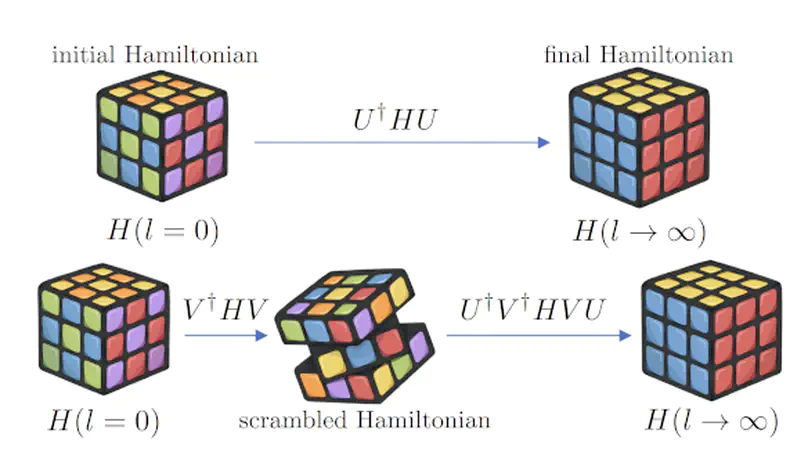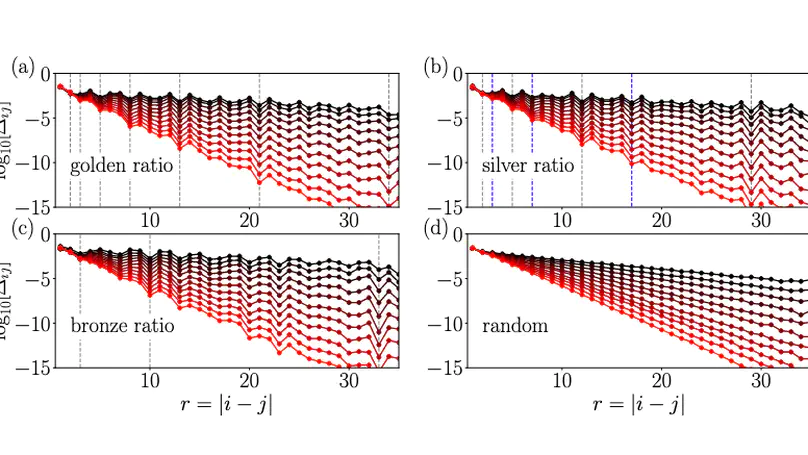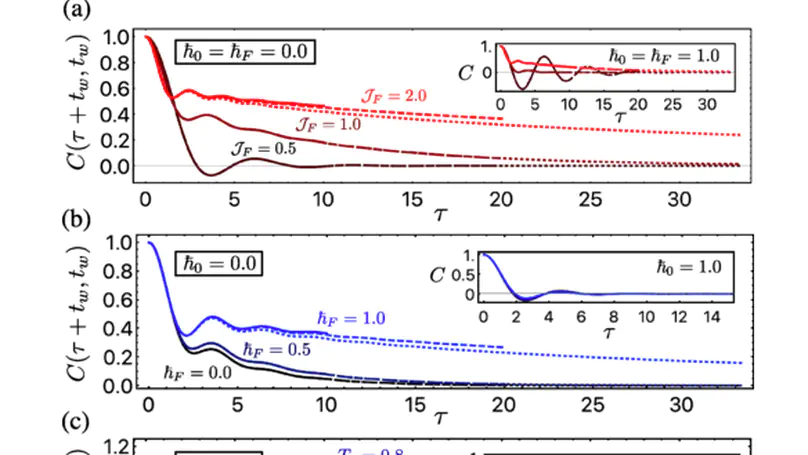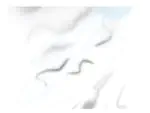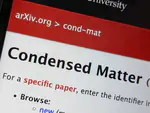Biography
Dr Steven J. Thomson is currently an EPSRC Open Fellow at the University of Edinburgh and the Higgs Centre for Theoretical Physics, funded by a £1.5 million EPSRC Open Fellowship titled “Disorder in Open Quantum Systems”. He is the host of the insideQuantum podcast, funded by the Unitary Fund.
He has previously been a Research Scientist at IBM Research UK, working on the application of quantum computers to complex quantum systems, a Marie Skłodowska-Curie Fellow at Freie Universität Berlin on the European Commission project ‘Ergodicity Breaking in Quantum Matter’, working in the group of Prof. Jens Eisert. Before this, he was a postdoctoral researcher at Collège de France, a postdoctoral researcher at the Centre de Physique Théorique, École Polytechnique, working with Prof. Laurent Sanchez-Palencia, and the Institut de Physique Théorique (CEA Paris-Saclay), working with Dr Marco Schiró.
His main research interests are the non-equilibrium dynamics of strongly correlated quantum systems in the presence of quenched random disorder, particularly many-body localisation and quantum glasses. He is currently particularly interested in developing cutting-edge numerical methods, with a focus on unitary flow techniques and tensor networks, as well as new techniques at the intersection of classical high-performance computing with quantum computing.

He obtained his PhD from the University of St Andrews in 2016, supervised primarily by Dr Frank Krüger (UCL), with Dr Chris Hooley (St Andrews) as a second supervisor. During his PhD, he worked on disorder-induced phase reconstruction near ferromagnetic quantum critical points, spin density wave phases, fermionic nodal hypersurfaces, ergodicity breaking in disordered bosonic systems, magnon glass phases in dimerised ferromagnets and collaborated with experimental physicists to design new protocols for quantum gas microscopes to measure exotic disordered phases of matter.
- condensed matter theory
- disordered systems
- quantum glasses
- ultracold atomic gases
- many-body localisation
- non-equilibrium physics
- flow equations
- renormalisation group
- tensor networks
-
PhD, Theory of Condensed Matter, 2016
University of St Andrews and the Scottish Doctoral Training Centre in Condensed Matter Physics
-
MPhys (Hons) Theoretical Physics, 2012
University of St Andrews
Research Interests
Recent Posts
Research Experience
Studied localization in quasiperiodic systems in the group of Dr Marco Schiró, and aided in studies of coupled Sachdev-Ye-Kitaev models.
- Developed the tensor flow equation implementation of the continuous unitary transform technique.
Worked on tensor network simulations for non-equilibrium quantum dynamics in the group of Prof. Laurent Sanchez-Palencia. Responsibilities included:
- Supervising research students
- Conducting independent research
- Aiding with day-to-day running of the group, particularly during the initial phase of the coronavirus pandemic.
Investigated many-body localisation and quantum glasses in the group of Dr Marco Schiró.
- Development of the truncated flow equation approach for disordered systems.
- Discovery of the fluctuation-induced cooling mechanism for quantum glasses.
Science Outreach Experience
In addition to my research work, I’ve been a freelance science writer since 2012/13. My articles have been published by the following outlets.
- Popular Astronomy, where I contributed both news and feature articles
- The Conversation
- IFLScience
- ArsTechnica
- Sci@StAnd, a sadly no longer existent student-run science magazine
- 3rd July 2022, Real Scientists blog - in July 2022 I hosted the Real Scientists account on Twitter for a week, and as part of that I was interviewed for their blog.
- 7th October 2021, Physics World podcast - in this episode of the Physics World podcast, I talk with Physics World editor Hamish Johnston about the 2021 Nobel Prize in physics, and why spin glasses are such interesting, enigmatic phases of matter.
- 6th October 2021, acknowledged in Forbes magazine - in this excellent article by Chad Orzel discussing the 2021 Nobel Prize, I receive a very gracious acknowledgement for helping with some background information.
- 5th October 2021, Physics World article - following the announcement of the 2021 Nobel Prize in Physics, I was interviewed by Physics World for their coverage of the award.
- 8th March 2016, “Most Wanted Particle” - I am quoted in the blurbs for this excellent book by Prof. Jon Butterworth discussing the discovery of the Higgs boson, alongside other scientists including Peter Higgs, Sean Carroll and Brian Cox.
While a PhD student at the University of St Andrews, I took on the role of local outreach co-ordinator for the Condensed Matter Doctoral Training Centre, which had a strong student-led outreach programme. This role included:
- Delivering outreach activities at science festivals, school and in online activities.
- Organising and planning the logistics of outreach events, including liasing with experimental teams to arrange the use of liquid nitrogen in public demonstrations, as well as administrative teams for risk assessment and vehicle hire, and also schools and science centres for the planning and tailoring of scientific outreach to their requirements.
- Organising outreach training for staff and students, as well as taking part in strategic planning for the Doctoral Training Centre’s outreach goals.
- Taking part in outreach training as a panel member and guest speaker at several university events and training sessions.
Funding & Misc Awards
Teaching Experience
During my time at the University of St Andrews, I was involved in teaching/tutoring/demonstrating the following courses:
-
2015-2016
- PH4040 Transferable Skills for Physicists, 1 group
- PH5002 Masters Project in Theoretical Physics - together with Dr Graham Bruce and Dr Jonathan Keeling, I supervised MPhys student Liam Walker’s final year research project on quantum gas microscopes. Liam was later shortlisted for the Undergraduate Awards for his final project dissertation, and went on to do both a PhD and a postdoc with Prof. Andrew Daley, University of Strathclyde.
-
2014-2015
- PH5004 Quantum Field Theory, individual student support
- PH3081 Mathematical Methods for Physicists, 2 groups
- PH3061 Quantum Physics 2A, 1 group
- PH3082 Electromagnetism, 4 groups
- PH2011 Physics 2A, 1 workshop
- PH2012 Physics 2B, 1 workshop
-
2013-2014
- PH3061 Quantum Physics 2A, 4 groups
- PH3082 Electromagnetism, 5 groups
- PH2011 Physics 2A, 1 workshop
- PH2012 Physics 2B, 1 workshop
-
2012-2013
- PH5004 Quantum Field Theory, individual student support
- PH2011 Physics 2A, 2 groups, 1 workshop
- PH2012 Physics 2B, 2 groups, 1 workshop
Other Publications
Contact
- steven.thomson@ed.ac.uk
- University of Edinburgh, Edinburgh, EH8 9YL
